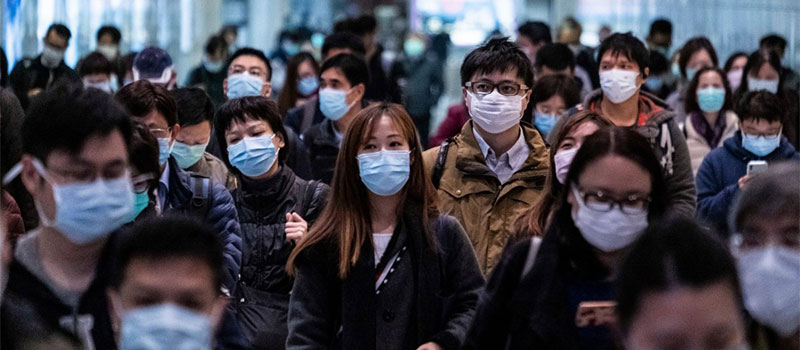
It's all becoming clearer... LINKEDIN | 22 MARCH, 2020
We are finally getting a lot of clarity on many nebulous concepts, thanks to the covid-19 pandemic and its unprecedented global sweep. In recent years, there is a big echo that the world is interconnected and distances are vanishing. We now have an empirical evidence, as patients in southern Argentina fight the same infection as those in northern China transmitted from one to the other through one or more links.
Before the disease plays out fully (that could be months away), we will know how low the oil price can get to. We will also perhaps see drinking water racing to be a more valuable liquid on the planet than oil. The reverse oil shock is not entirely from the coronavirus ‘cluster’ though. This disease outbreak has also reminded us loudly how much over-populated and densely populated we are. That may be old news. But it may have challenged the urbanisation panacea. Wuhan had 4.5 million people at the turn of the century, but now has over 10 million people! It also gives jitters to the enthusiasts of the mall concept, as small shops don’t attract big crowds.
One of the great accounting concepts is ‘breakeven point’. We are now able to understand the saying, ‘the devil is in the details’. Look at just the airline industry. It reported revenues of over $800 billion last year with net profits of about $25 billion – about 3 %! So about 10-15 days of air travel shutdown will wipe out most of the profits. We are almost there. The industry will lose over $100 billion of revenue this year as a result of coronavirus. That will dump it into a deep red. For decades, the industry has operated with very small margins (US airlines had a ‘peak’ operating margin of 5-6% over a long period of 50 years since the 70s) and unsustainable high breakeven point. That is coming to haunt them now. Warren Buffett once called the 20thcentury as the ‘lost century’ for the airline industry. Make that a plural word now.
The most significant discovery, however, is the value of human life. We never had a formula for it. We are invaluable, we say. Or our value is so high that it doesn’t make sense to even start to compute. But now we have a method. Lockdowns, social distancing, aggressive testing, isolation, contact tracing, herd immunity, personal hygiene etc. are the multitude of measures deployed by various countries, to contain the spread and therefore, to save lives. This is very vital in the absence of a vaccine or other proven medication. Estimates of GDP shrinkage this year vary from 2% to 4%. Even at 2%, we will lose global GDP of $1.7 trillion! That’s more than the individual GDP of over 100 countries. If we assume 100,000 lives are threatened by unregulated spread of the virus, the value of our life is $17 million each. If we take a worse case scenario of one million lives at risk, it would be still be $ 1.7 million for a human life. With a different set of assumptions, it could be half of this or a multiple of this. Either way, it puts a perspective to the concept of value of human life. Of course, human life is still very precious and I am not suggesting that this formula is used for compensation to victims of accidents etc., but it gives statisticians, mathematicians and economists, something to defend and oppose.
Lastly, it may seem that the physical world is gradually losing to the virtual world. Climate change, communicable diseases, public safety threats (crimes), road traffic and pollution make virtual socialisation and introverts look a lot better. Our living rooms have got their purpose clarified – to live in! It’s all becoming clear, courtesy covid-19.


